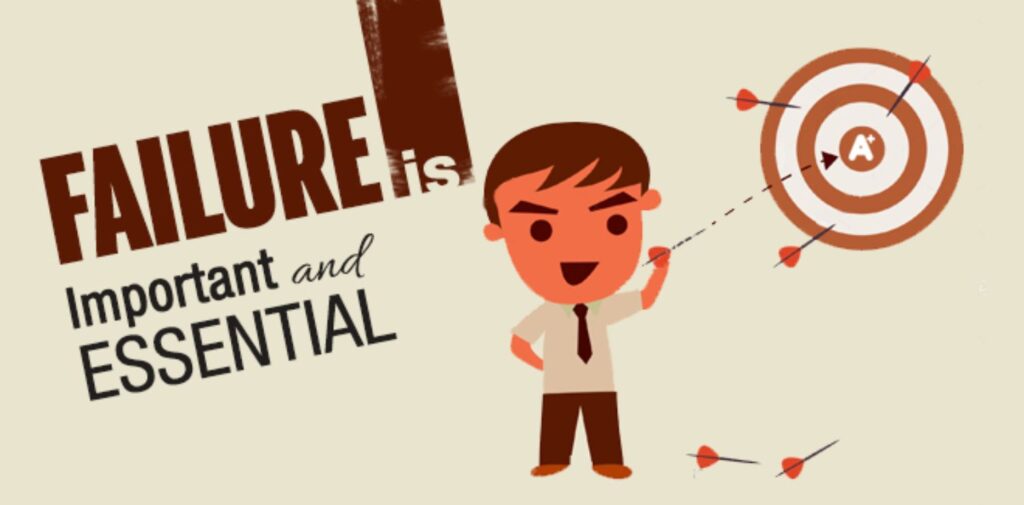Failure is an inevitable part of life. Whether it’s in personal development, career, or relationships, setbacks will happen. However, how we Overcoming Failure that defines our path forward. While many see failure as a dead-end, successful individuals view it as a stepping stone, a necessary part of the journey to success.
The Nature of Failure
Failure can take many forms— a missed opportunity, a business that didn’t work out, or even a personal goal that was never achieved. But what’s common to all failures is the emotional toll they take. People often feel discouraged, embarrassed, or even defeated when things don’t go as planned.
However, failure is only permanent if you allow it to be. The reality is that every failure carries within it valuable lessons and the opportunity for growth. Instead of seeing it as a negative, it’s essential to understand that failure is part of the learning process.

Why Failure is Important
- Learning Opportunity: Every failure teaches something new, whether it’s about what doesn’t work or what needs improvement. Thomas Edison famously failed over 1,000 times before finally inventing the lightbulb. When asked about his repeated failures, Edison remarked that he hadn’t failed but had discovered 1,000 ways that wouldn’t work. Each failure brought him one step closer to success.
- Building Resilience: Failure toughens you. It teaches resilience, which is essential for long-term success. The most successful people often have the most failures in their past, but they kept moving forward. Every setback strengthens your ability to handle challenges.
- Enhances Innovation: Some of the greatest innovations in history were born out of failure. For instance, the invention of the Post-it Note came from an accidental adhesive that wasn’t sticky enough for its original purpose. Instead of discarding the failure, the creators pivoted and turned it into one of the most popular office supplies in the world.

Turning Failure into a Stepping Stone
The key to overcoming failure is to use it as a stepping stone rather than a stumbling block. Here’s how you can do that:
- Embrace Failure as a Teacher: After a failure, take time to reflect on what went wrong. Analyze your actions, decisions, and external factors that contributed to the setback. Then, use this insight to adjust your approach going forward. Every failure contains the seeds of future success.
- Reframe Your Perspective: Instead of seeing failure as a reflection of your worth, view it as part of the process. Most success stories are not linear; they involve multiple failures and comebacks. Changing how you perceive failure is crucial in preventing it from derailing your progress.
- Keep Moving Forward: The worst thing you can do after a failure is to stop trying. As long as you keep going, failure is temporary. Quitting, on the other hand, makes it permanent. Keep refining your strategy, learning from your mistakes, and taking action toward your goals.
Conclusion: Overcoming Failure
Failure is not the opposite of success, but a part of it. By embracing failure as a teacher, building resilience, and maintaining persistence, you can turn setbacks into stepping stones. Success isn’t about avoiding failure but learning how to rise after every fall.




